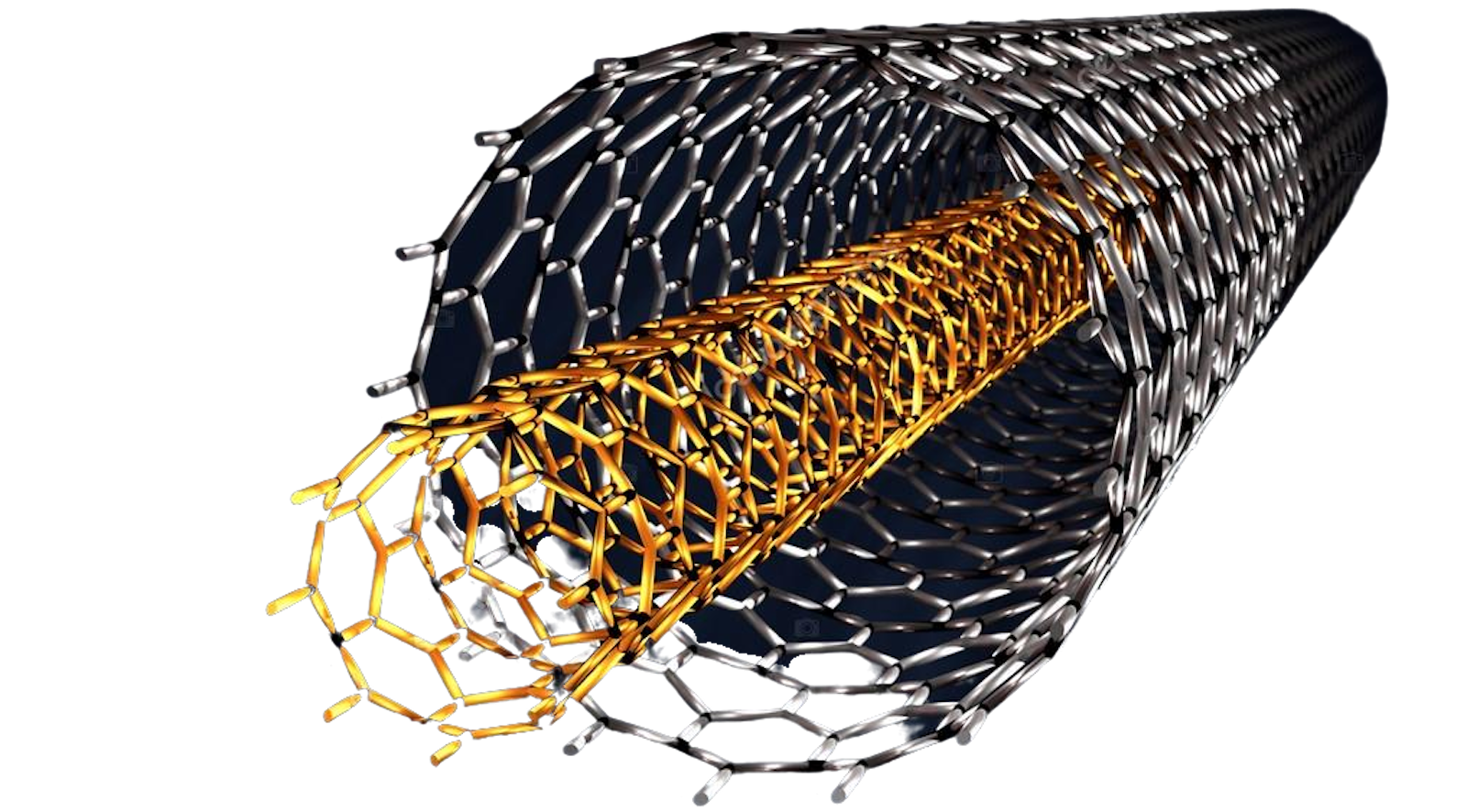“This breakthrough development translates into a remarkable improvement in cell-core energy density, reaching 2,000Wh/L in batteries and approximately 1,700Wh/L in full-size EV batteries – more than double the performance of current state-of-the-art technologies,”
“Sienza’s 3D pure silicon anode has demonstrated an average gravimetric capacity of 2,941 mAh/g,” Professor Gharib said. “This means that for every gram of silicon, our batteries can store 2,941 milliampere-hours of electricity, significantly higher than the industry standard for graphite, with a gravimetric capacity of 372 mAh/g.”
Aside from completely avoiding the cobalt issue, Sienza notes that its manufacturing process does not rely on the solvent-based coating systems deployed for producing conventional lithium-ion batteries. Sienza cites one commonly used solvent in particular, N-methyl-pyrrolidone (NMP).
That article is so positive it almost reads like an ad. I’m suspicious, but hey if it can melt my phone last longer, I’ll keep a gram of optimism.
It’s also suspicious how they talk about the volumetric efficiency and dance around mass efficiency. Taking up less space is nice, and it can’t be completely ignored, but it’s not the primary thing EVs need. It’s not even that big of a deal for stationary grid storage.
Interesting typo. Almost like a Freudian slip but with melting batteries instead.
That sounds really impressive. But describing it as “the best thing ever” really has my skepticism at full mast.
Nothing is ever better in every conceivable way than the current state of the art.
Probabilistically, sure, but it’s not impossible that there has been some piece of knowledge or understanding that’s been missing, and that massive breakthroughs are possible once the process is figured out.
I think a fair modern example is LED light bulbs. They are better in every conceivable way than incandescent or fluorescent lightbulbs: they last longer, use less energy, shine brighter, use less toxic materials, and are easy to mass produce. But there were several decades where much of the industry believed that LEDs would never be very useful as a light source because we could only produce red and green, and it was generally believed that a blue LED would be impossible to produce.
Then one guy decided it would be his life mission to invent the blue LED, and the sonuvabitch did it. Now LEDs are the only sensible thing to use to produce light.
It’s always possible for this kind of breakthrough to happen, especially in material science where the complexity of how molecules interplay is nearly incomprehensible.
LEDs are worse at color accuracy (CRI) which is hardly relevant unless you need it, but it’s just to show that even they aren’t strictly better than what they replace
CRI is defined as how closely a light source matches the spectral emission of a thing glowing at a specific temperature. So, for a light source with a 4000 k color temperature its CRI describes how closely its emission matches that of an object that’s been heated to 4000 k.
Because incandescent bulbs emit light by heating a filament by definition they will have 100 CRI and its impossible to get any better than that. But the emission curve of incandescent lights doesn’t actually resemble that of sunlight at all (sorry for the reddit link). The sun is much hotter than any incandescent bulb and it’s light is filtered by our atmosphere, resulting in a much flatter more gently sloping emission curve vs the incandescent curve which is extremely lopsided towards the red.
As you can see in the above link, there are certain high end LED bulbs that do a much better job replicating noon day sunlight than incandescents. And that flatter emissions profile probably provides better color rendering (in terms of being able to distinguish one color from another) than the incandescent ramp.
Now, whether or not you want your bulbs to look like the noon day sun is another matter. Maybe you don’t want to disrupt your sleep schedule and you’d much rather their emissions resemble the sunset or a campfire (though in that case many halogen and high output incandescent lamps don’t do a great job either). Or maybe you’re trying to treat seasonal depression and extra sunlight is exactly what you want. But in any case I think CRI isn’t a very useful unit (another reddit link).
A breaktrough would be needed to electrify ship and flight. Would be great if it is that.
For ships they are rediscoverings sails so that might be enough
We’ve seen so many battery breakthroughs in academia in the past decade, it’s about time some of them start to transition into production.
I’ve decided to just ignore battery hype and tune back in when it’s time to swap out my house battery in 5-10 years. Hopefully some of the vaporware will have actually materialized in the market by that time.
Every three months we get new battery hype…
Why am I reading what looks like a bullshit fluff piece designed to drum up naive investor interest?
Because green something something.
Given these ratios it sounds like it’s more energy dense and less mass dense. That’s impressive. Hope it is commercially viable.
In other words, I think “9 times more energy dense per gram” is probably far more laudable than “twice as energy dense per liter”, especially in EV applications, where battery packs are significant weight, and weight reduces “efficiency” (obviously they are just as efficient, but it takes more energy to move the added weight. You know what I mean)
Weight isn’t as big a concern with EVs because they require more energy to accelerate, but they get more energy back when regeneratively braking. The biggest impact on EV range is aerodynamic, by a long shot. The F-150 lightning, for example, has the same efficiency with the standard and extended range batteries, even though the extended range battery is 500 lbs heavier.




